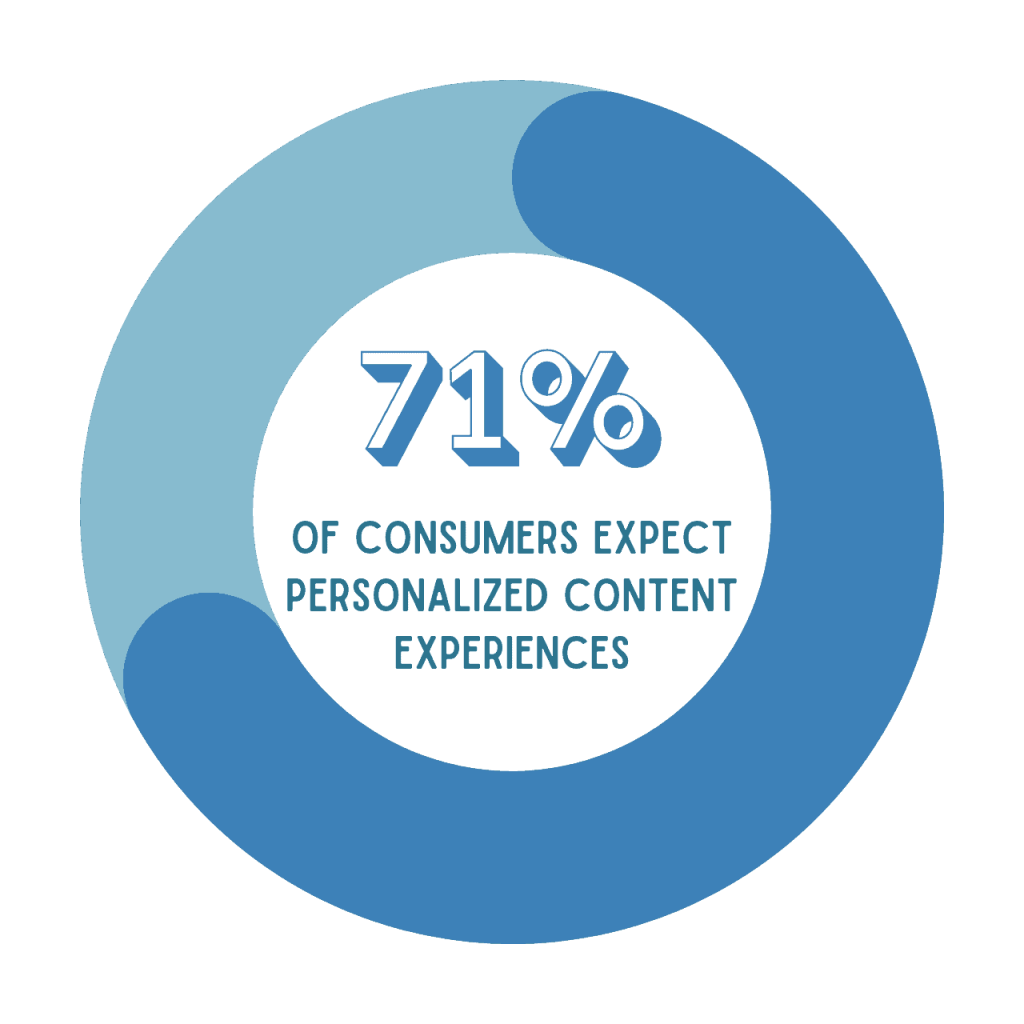The ROI of content personalization increases exponentially with scale.
According to research by McKinsey & Company, 71% of consumers expect personalized content experiences — and 76% get frustrated when that doesn’t happen.
It stands to reason that your employees, customers, franchisees, and other partners have similar expectations.
Creating engaging content experiences requires the ability to personalize content based on the specific need, learner, experience level, role, product, region, language, etc.

But content personalization isn’t just delivering content in the right language or auto-filling the learner’s name — it’s about delivering exactly the right content (and only that content) in exactly the right place, time and format.
You wouldn’t want to navigate a 100-page PDF user manual when looking for a policy or procedure, or sift through page after page of training content to get to a simple how-to about a specific product feature.
A big part of improving both customer and employee engagement is delivering relevant, personalized content at the point of need.
The ROI of content personalization is driven by:
- Improving engagement and satisfaction with content that is tailored to the user
- Speeding up adoption and improving outcomes with targeted content
- Scaling quickly to serve new audiences, languages, products, etc.
- Improving the content experience for the end user
But with more than a dozen digital channels where Technology & Services Industry Association (TSIA) members reported searching for product help, from Google and YouTube to chat bots and social media platforms, the challenge of delivering personalized content experiences — particularly when operating at scale — quickly becomes unsustainable.






